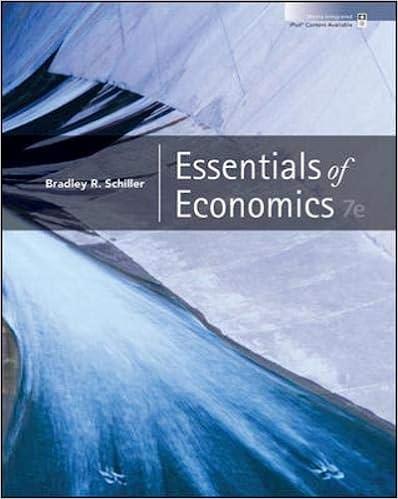Question
A)...tennis ball buyers tend to be very sensitive to small changes in price, and they don't have a lot of brand loyalty. If Ball A
A)"...tennis ball buyers tend to be very sensitive to small changes in price, and they don't have a lot of brand loyalty. If Ball A is 50 cents cheaper than Ball B, most customers will buy Ball A."
What does this imply about the price elasticity of demand for tennis balls? Draw a graph to support answer.
B)"Given the thin margin on balls, the company could not eat the cost of the tariff or expect the retailer to do so; instead, the 25 percent tariff would be passed along to consumers." So presumably higher prices for tennis balls. Please draw a graph
Step by Step Solution
There are 3 Steps involved in it
Step: 1

Get Instant Access to Expert-Tailored Solutions
See step-by-step solutions with expert insights and AI powered tools for academic success
Step: 2

Step: 3

Ace Your Homework with AI
Get the answers you need in no time with our AI-driven, step-by-step assistance
Get Started


